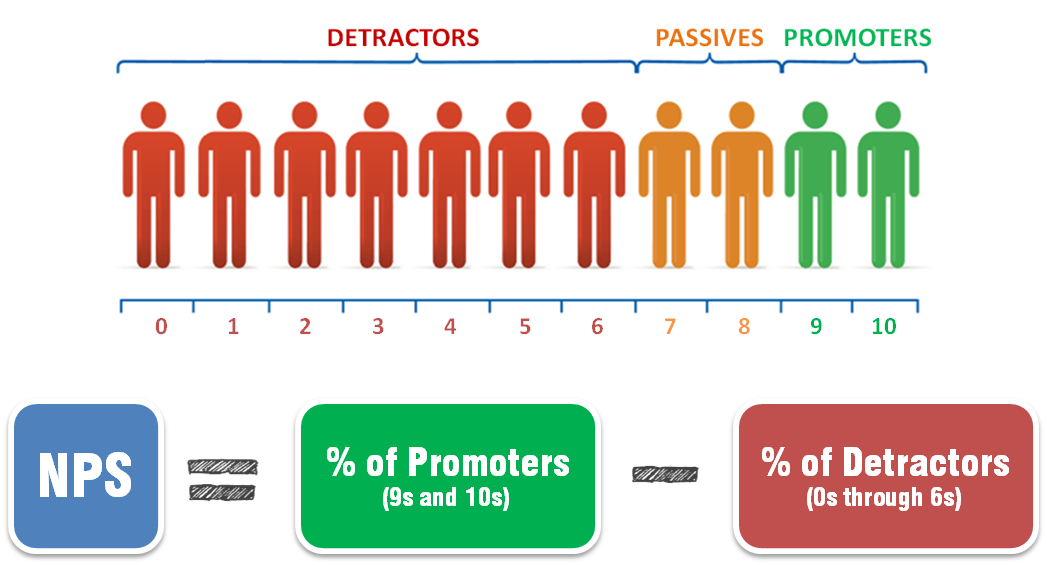Growth is a recurring pain point for the startups and enterprises I work with to bring innovative ideas to market. As a “fanboy” of the This Week in Startups program, I decided to essentially transcribe the last 10 minutes of an interview with Mike Jones and Peter Pham of Science, a startup studio in Santa Monica, CA, that really resonated with me.![]()
I like what they had to say because of the urgency and critical around the importance of growth to fledgling companies. Rather than do the heavy lifting of rewriting their thoughts and adding my own commentary, I took the short path of borrowing the content, though there was effort in the transcription. (@Jason, I hope you’ll forgive the transgression this time.)
The following is not verbatim, but close and lightly edited to focus on the specific points Mike and Peter were making about Growth and removing some of the chatter of a natural conversation.
Startup Growth
Jason Calacanis: Let’s close up on growth because growth is critical for startups. You guys seemed to have carved a niche for yourselves of just being awesome on the growth part. What are the best growth techniques that an entrepreneur watching who has an MVP app with 500 people using it but isn’t’ growing. What does Science see when they look at it?
What are the first couple of things you discuss in that meeting with the MVP team? “You’ve got 500 people using it, you’re getting 20 downloads a day – here’s what you need to do…”
Net Promoter Score
 Science: With products today, it’s the Net Promoter Score (NPS).
Science: With products today, it’s the Net Promoter Score (NPS).
It’s the simple question “would you refer this to a friend or tell a friend to do this?” Download this app, or in the case of Dog Vacay, would you tell a friend to use the service. Dog Vacay has a 90 NPS. Apple is a 70. Would you recommend the product to someone else?
We live in the day of Facebook and Twitter and the ability for people to be a voice, to be loud about how much they love or how much they hate the product, is real.
So, we live in a world where it’s table stakes. You have to deliver on a great product to even just play. So start there and then grow.
JC: How do you measure NPS?
You search Net Promoter Score How To. It’s a simple question, you send it out and it’s scored.
JC: If you get a low Net Promoter Score, how do you get it to go up?
Science: You fix the product at that point. It’s a viral co-efficient essentially.
JC: How do you fix the product at that point? You ask people what you’d like in it. You take your best guess?
Build a Great Product
Science: People have different perspectives on how you build great product. Do you take customer feedback, or not?
If you start with something people love, growth is a lot easier. If you have something people don’t really love, you can still grow it but maybe it’s not a good idea. Stop and reassess.
Historically, every single successful startup has some early stage growth story that was the moment where they started to see traction and they started to see their breakout. That could be press, organic, early days of SEO, Google Adwords, email tactics. Some specific host that facilitated their initial growth.
Grow a Specific Channel
One common thing I’ve seen, is a company has a great product and they focus in on really understanding how to grow in a specific channel. That’s a really good start.
When we see people dabble in Facebook and they do a little bit of Google Adsense and they do some email, they have some friend-get-friend stuff – we haven’t seen that work well.
When Dollar Shave Club understands how to use video on YouTube, that’s a great growth story.
Dog Vacay, for instance, grew really effectively by using PR. That was a really strong PR story because people love that product.
And we even got so specific, because people got so good at growing within these eco-systems, one of our other untold companies…this one called Hello Society by Kila Brennan.
She’s built a network within Pinterest based on how brands work within Pinterest. And she’s found Pinterest for products and services is a fantastic growth platform, and built a really big company around it. She works hand in hand with Pinterest to make sure those brands have really good experiences within Pinterest.
We felt Pinterest was a growth platform. We also invested in a group that focused on Facebook and Google and email and Instagram and Vine, etc. Because we believe we need really deep understanding of these growth platforms.
Don’t Dabble
 You can’t just dabble. You can test, but once you find a platform that is showing growth or a method or tactic, you’ve got to go deep in it and become an expert around it. And then once it gets up to scale, you can go on to the next one.
You can’t just dabble. You can test, but once you find a platform that is showing growth or a method or tactic, you’ve got to go deep in it and become an expert around it. And then once it gets up to scale, you can go on to the next one.
And I think if you step back and look at Science, that’s the one thing we stand out at. We’ve spent a tremendous amount of resources and time in the last 2.5 years building expertise around growing. Not just the table stakes of Google and Facebook, but understanding Pinterest better than most, understanding Instagram and Vine and YouTube and what’s next – and always on our dime and our resources.
Figuring out what’s next so when a startup comes to us… they’ll never have the resources.
We can all get products built. We can design the great consumer experience. We can build great products and services. We can probably identify great entrepreneurs. But Growth is everything.
Growth determines if you get your venture backing. Growth determines your M&A tactics. Growth produces revenue. Most problems are solved through growth.
The ability to help entrepreneurs figure out how to grow their business is very, very valuable. In a lot of cases, in my mind, it’s more valuable than money. If you can figure out growth, you can figure out money. Money comes with growth.

